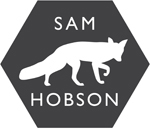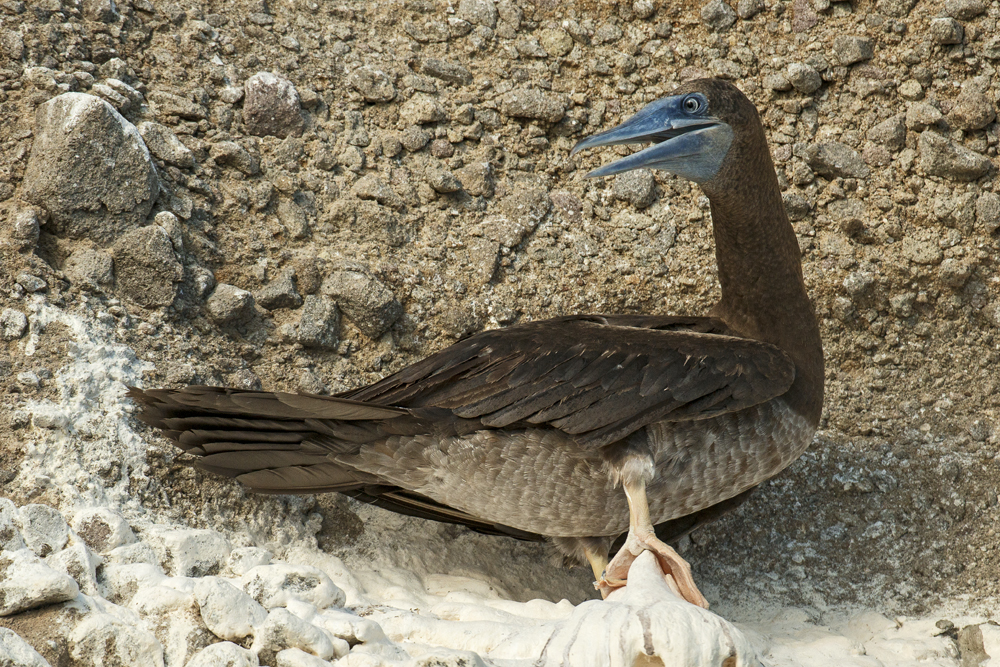During the late summer and early autumn of 2015, I visited some of the UK's most impressive seabird colonies to tell a story about the largest and most charismatic seabird in the north Atlantic - the northern gannet. With the assistance of conservation charity Wildscreen, I documented the pioneering work of seabird scientists and conservationists currently working to understand and protect the UK northern gannet population, which is a whopping 75% of the entire global population. Below is a phone video clip shot during a visit to The Bass Rock - the largest single rock gannetry on Earth...
The first part of the story was to document pioneering research by a team from Leeds University, looking into gannet flight behaviours in 3D using miniaturised high resolution GPS loggers and altimeters. The devices are attached to the gannets to assess the risks that proposed offshore wind farms will have on their foraging behaviours by finding out where the gannets are fishing and most importantly, how long they spend flying at the same height as the rotor blades of wind turbines. They are also attaching loggers to immature gannets for the first time as little is known about their first few years of life, when they must learn how and where to find food and then prospect for a partner and defend a nest site. To find out more about the project, you can visit my Northern Gannet gallery here, visit James Grecian's (pictured below) website or read Jude Lane's great blog on the Bass Rock gannets.
For the second part of the story, I documented a desperate situation on RSPB Grassholm Island - a large gannetry 8 miles off the coast of Pembrokeshire, where plastic waste from Atlantic fisheries is causing devastation. Synthetic plastic fishing nets and monofilament fishing lines discarded in the Atlantic are washed into close proximity with Grassholm by ocean currents like the Gulf Stream and are mistaken by the gannets for natural fibres like seaweed and kelp. They bring the man-made fibres back to the island to line their nests, turning them into death traps, which entangle adults and more often, developing juveniles. It is estimated that there is now over 18 tons of plastic waste on Grassholm. I went out with a team of volunteers led by RSPB Ramsey Island wardens Greg and Lisa Morgan, who visit annually on a rescue mission to save as many entangled and struggling birds as they can. These guys are all heroes and often put their own lives at risk to save these desperate birds.
This bird was literally being strangled by a tightening noose as it dangled from the cliff edge and Greg crept carefully towards it so that he could cut it free and save its life. You can view a video from of the daring rescue in the video made by Greg below. For more about the story, visit my Northern Gannet gallery or read Greg's blog.
This story needs to be told as the only solution to this problem is education about marine plastics and legislation to prevent their discard. For maximum exposure, I worked with the Daily Mail to publish a piece in their national newspaper and on the Mail Online, which is the most read newspaper website in the world. You can read it online here.










































































